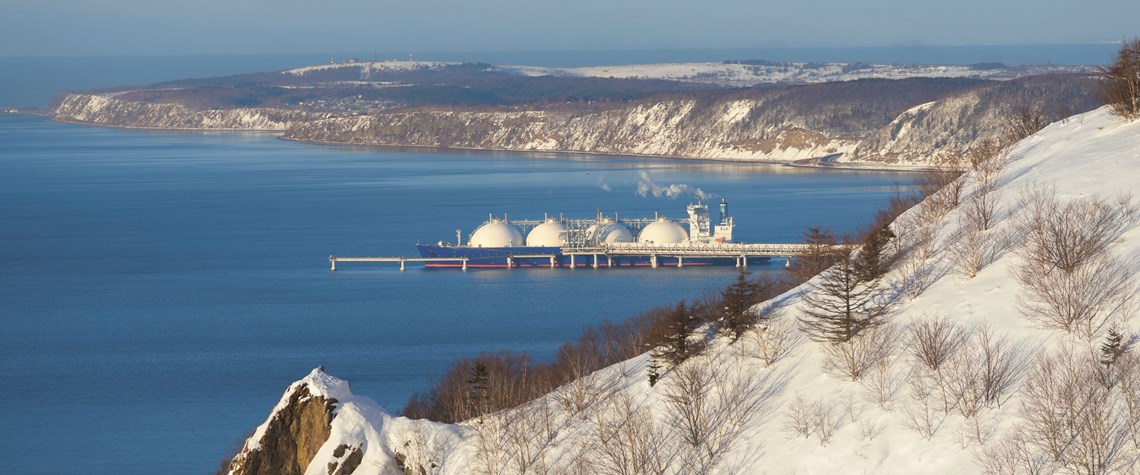Russia and coal to set European tone
Gazprom's market share ambitions and the price at which power plant demand soaks up supply are 2019's key questions
European gas prices moved substantially lower in the fourth quarter of 2018 as predictions of a global LNG oversupply ending up in its "sink" market finally showed signs of coming true. With the potential for more of the same in 2019, much focus is on what support levels the European price can find. The benchmark Ice TTF front month futures contract was just below the €22/MWh (c.$7.50/mn Btu) mark at the beginning of August 2018, although this still reflected price inflation through the first four months of the summer, from levels only just above €18/MWh at its start. The final two months of the summer saw a step-change, though, as the contract shot up to a high of above €29.20/MWh, north of

Also in this section
12 December 2025
The latest edition of our annual Outlook publication, titled 'The shape of energy to come: Creating unique pathways and managing shifting alliances', is available now
12 December 2025
The federal government is working with Alberta to improve the country’s access to Asian markets and reduce dependence on the US, but there are challenges to their plans
11 December 2025
The removal of the ban on oil and gas exploration and an overhaul of the system sends all the right messages for energy security, affordability and sustainability
10 December 2025
The economic and environmental cost of the seven-year exploration ban will be felt long after its removal







